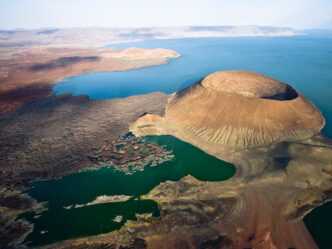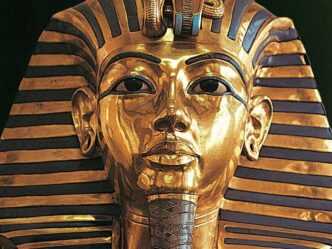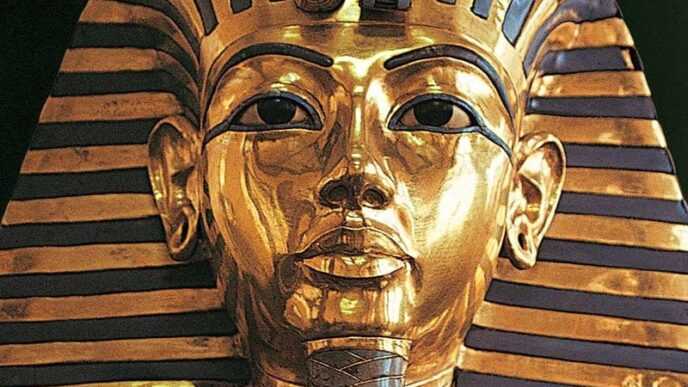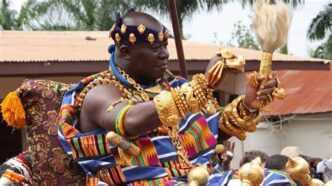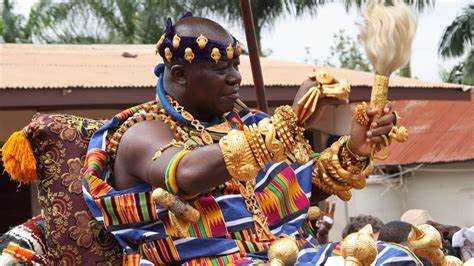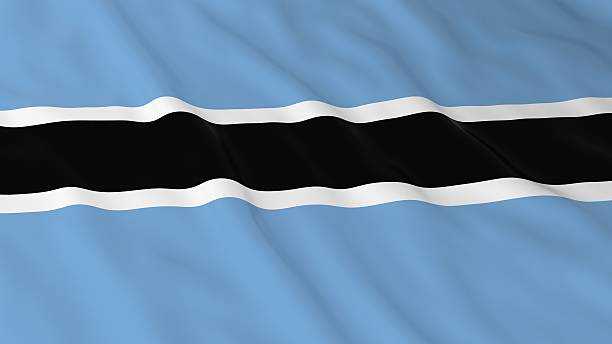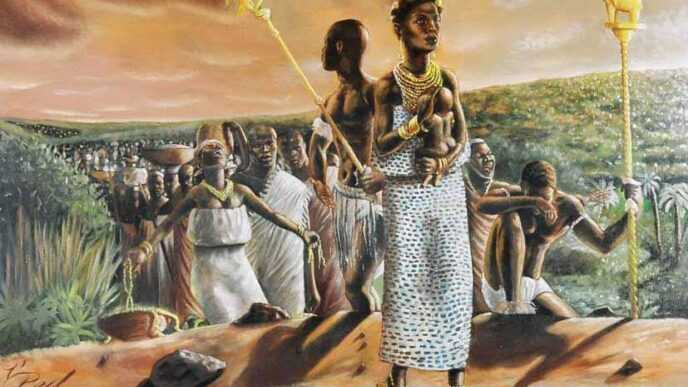By Genevieve Azelama
From remarkable turquoise waters, volcanic rocks, arid plains, and a completely remote and enigmatic Lake Turkana, this destination has been described by visitors as feeling quite literally out of this world. The lake, located in Northern Kenya, is also known as the Jade Sea due to its unique turquoise color, stretching approximately 250 kilometers in length and 30 kilometers in width. It is the world’s largest permanent desert lake. The lake is a marvel on multiple fronts, from Ecological to Archeological.
The Turkana holds a bounty of knowledge and provides insights into ancient human history and the evolution of early humans and indigenous cultures and peoples, more than any place in the world. This sis because many intact fossils have been found on its shores, helping to facilitate a deeper understanding of human ancestry.
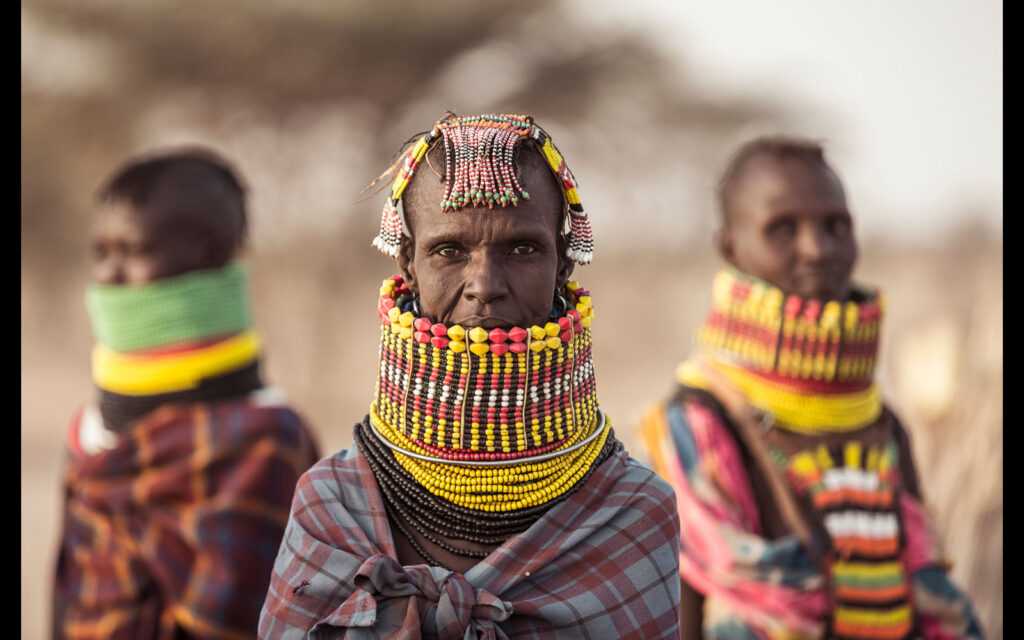
The Turkana Lake Basin is home to multiple indigenous tribes and cultures, Turkana, El Molo, Rendille, and Samburu peoples, who have grown to adapt to the lake’s harsh environment through pastoralism, fishing, and, in some areas, limited agriculture. The Turkana people, for instance, practice transhumance, moving livestock seasonally to access water and grazing lands.
These tribes, indigenous to Lake Turkana, are known for their elaborate beadwork, traditional music, and oral storytelling are which are considered very important to the way of life in these communities. Notably, these tribes and communities celebrate their rich heritage and that of the region’s ethnic groups and promote peace and unity among them through a Festival like the Tobong’u Lore, also known as the Lake Turkana Cultural Festival.
The Lake and its surrounding areas have a very sparse human population due to their isolated location and lack of fresh drinking water. This is because Lake Turkana is characterized by alkaline waters. It is the most saline lake in East Africa, full of brackish water with high levels of fluoride that make it largely unsuitable for drinking.
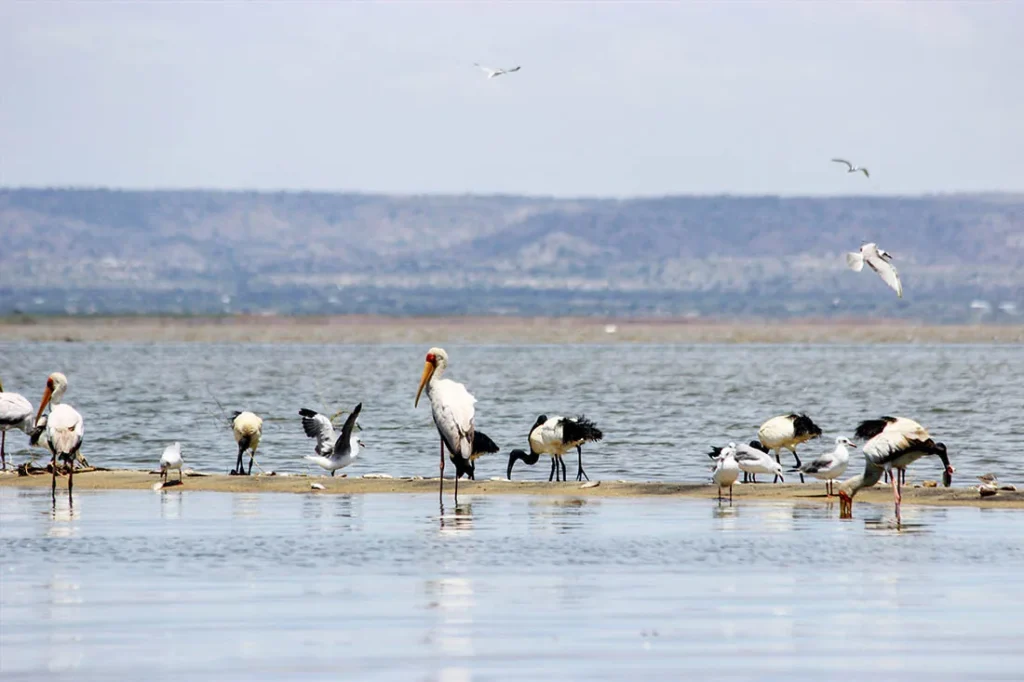
Despite this the Lake is a Geological and ecological marvel as its eco system supports a diverse array of wildlife, including over 50 fish species, some endemic, the world’s largest population of Nile crocodiles, a stopover for migrating birds major breeding grounds for Nile crocodiles, hippopotamuses, and many venomous snakes, including carpet vipers and red spitting cobras, also supported by the three national parks nearby the lake namely Sibiloi, South Island, and Central Island national parks. In total, Lake Tukana is host to over 350 species recorded, making it a critical site for ornithological studies.
The lake also features multiple islands, such as Central and South Islands, which are volcanic in origin and, as such, feature geothermal activity, including hot springs and fumaroles. The Turkana Lake and these islands, which are part of the Lake Turkana National Parks, were designated as UNESCO World Heritage Sites in 1997, as a result of their deep and immense global ecological, anthropological, and geological value and insights.
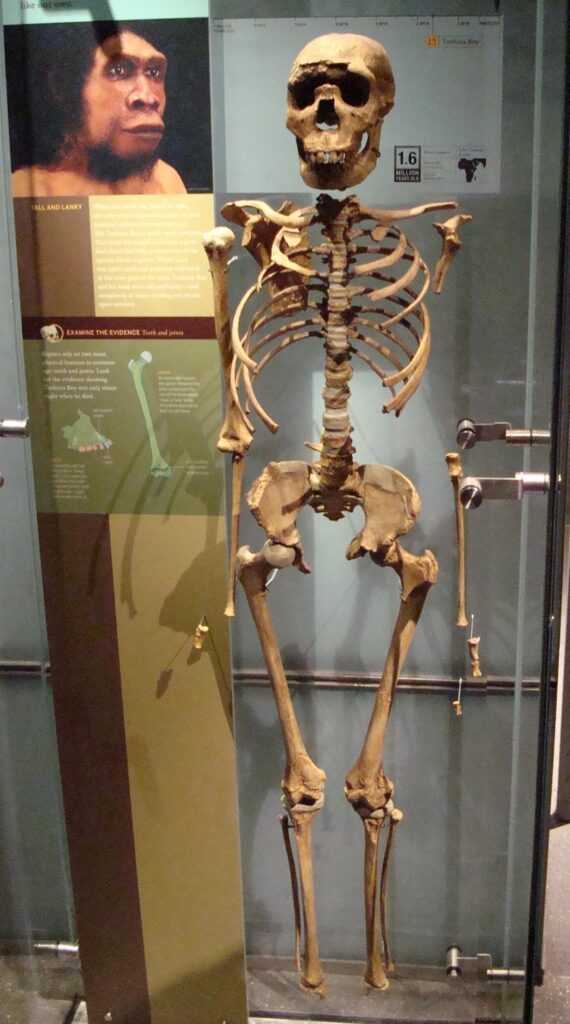
Lake Turkana holds major archeological heritage and anthropological value, the Turkuna boy a key discovery of a nearly complete Homo erectus skeleton dating back approximately 1.6 million years, found at Kobi For a has provided many laudable and invaluable insights into human evolution.
Archaeologists also discovered a fossil of a primate that appeared to walk on two legs, which was much earlier than previously thought by scientists. The fossil dates back to at least 4.2 million years ago. Other Fossils of more than 200 early humans, as well as other mammals and mollusks, have been discovered.
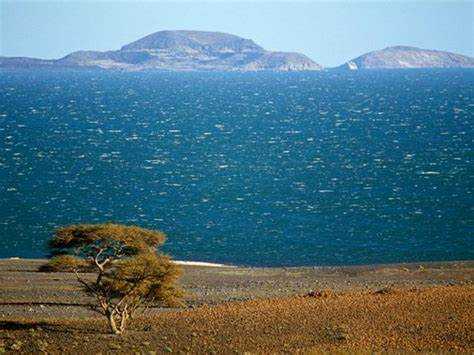
Lake Turkana stands as a testament to the intricate relationship between human perseverance and natural history, and its conservation is crucial for ecological reasons as well as for safeguarding the historical and cultural narratives that continue to shape our understanding of human civilization.
